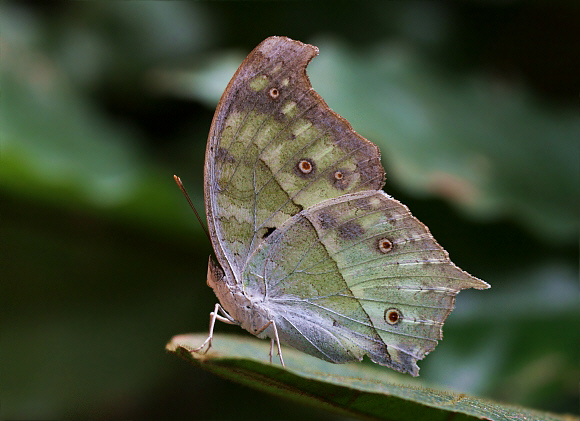
Introduction
The 4 species which comprise the genus Protogoniomorpha, i.e. cytora, parhassus, anacardii and temora were all formerly included in the genus Salamis. They are entirely African in distribution.
The upper surface of the wings is greenish-white, with a mother-of-pearl sheen. When seen in flight the butterfly is stunningly beautiful, with flashes of pink, purple, yellow and green reflecting back as the angle of the wings changes in relation to the sunlight. This is a large butterfly with a wingspan of about 100mm as opposed to the near-identical anacardii which measures only about 80mm.
Protogoniomorpha parhassus is found throughout the forested regions of sub-Saharan Africa, from Senegal to South Africa and Madagascar.
Habitats
This species is found in lowland forest habitats, including degraded forest. It is a sun-loving species, usually seen along logging roads and around the edges of small clearings.
Lifecycle
The larval foodplants include Brilliantaisia, Isoglossa, Mimulopsis, Paulowilhelmia, Asystasia and Justicia (Acanthaceae).
Adult behaviour
The butterflies are usually found singly, or in two’s and three’s.
Males perch on the lower foliage of trees, or at the top of tall bushes, usually with their wings held slightly apart. They swoop down to intercept and chase other passing butterflies, indulging in a spectacular aerial battle, with their shimmering mother-of-pearl iridescence glinting in the sunshine.
Both sexes go to roost in late afternoon, in a head-downward posture, hanging beneath the leaves of bushes. In this situation the leaf-like underside, complete with fake “midrib” and “mould spots”, provides them with excellent camouflage.

